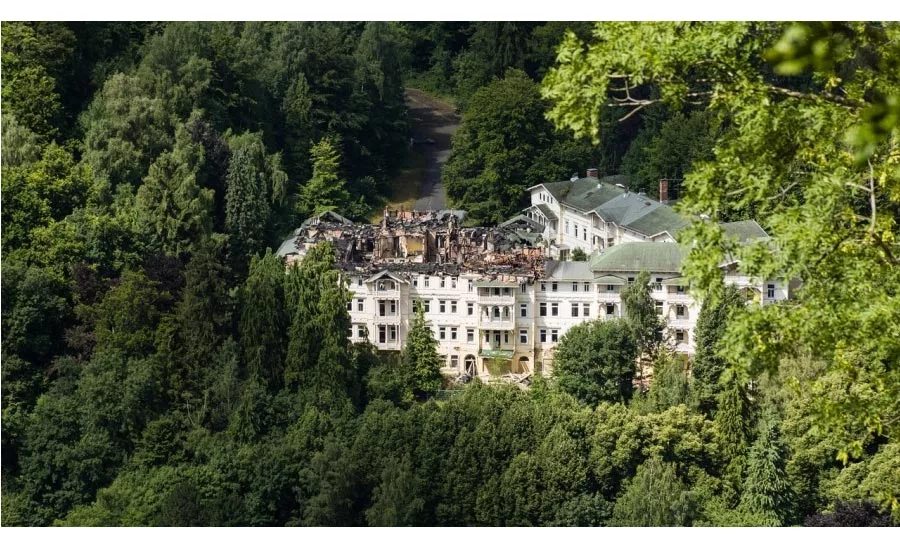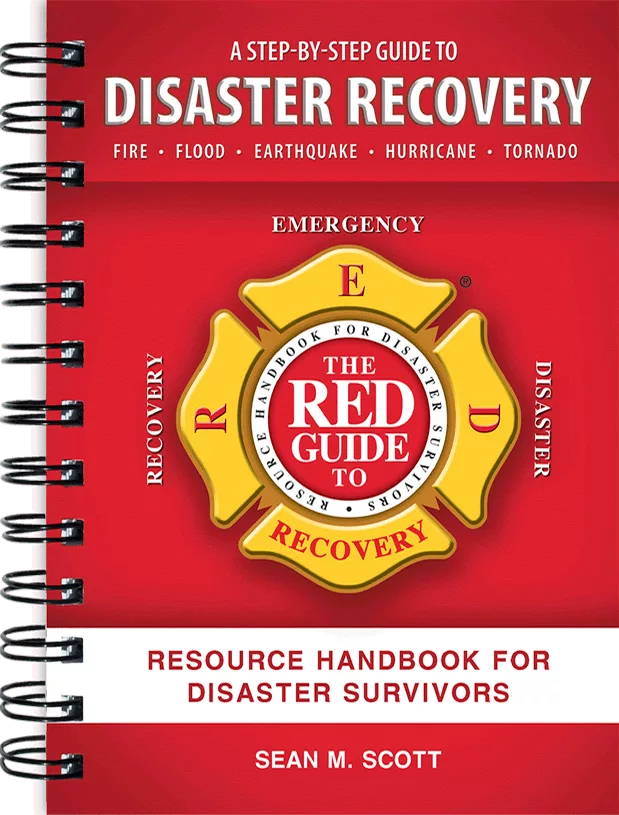Back to Basics: 6 Steps to Handle Large-Loss Fire Restoration
Large-loss fires provide some unique challenges.

Not only can a fire be devastating for the structure of a home or building, but it can also be emotionally devastating when it comes to the occupants of that structure, whether that is a family of four or a company of 400 workers. That's part of the reason why handling a large-loss fire doesn't just involve restoring the property to a pre-loss condition, but also being sensitive and understanding with the occupants of the affected home or business.
That's not to say that restoration professionals are counselors — they're not — but acting with empathy can go a long way toward making a fire loss a little less stressful for the individuals who are most impacted.
Here are six steps to follow to handle large-loss fires:
- Getting the call: Whether this initial call comes from a homeowner or the insurance company, this first point of contact is an ideal time to gather as much information as possible about the fire. Where did it occur? How many rooms are affected? What type of fire was it? The goal of this initial point of contact is to gather information to get an idea of the scope of the project before arriving on site.
- Arrive on site/inspection: After the initial phone call comes an on-site inspection. This is typically done after the fire department has doused the flames and secured the property. By this point, the restoration team should have a good idea of what type of fire occurred (i.e. protein fire, petroleum fire, etc.) and inspecting the property helps team members estimate the scope of work that will be involved, the timeline of the project and whether or not any demolition and reconstruction will be necessary. Depending on the severity of the fire, the restoration team may also board up the windows and doors to ensure structural stability.
- Access occupant needs/packout: If it is possible, restoration professionals will likely ask the building occupants to gather any immediate needs. For a house fire, this may consist of undamaged clothes, school supplies, computers, etc. Everything else in the facility that has been affected by the fire will then likely be packed out and taken to an off-site location for contents restoration.
- Estimate and begin work: After estimating the cost of the project and having the proper documents signed by all parties involved, then work can start on the fire loss. For a large fire loss, demolition and reconstruction of at least a portion of the property is likely necessary. Other areas of the property may just require soot and smoke damage restoration, where walls are HEPA (high‐efficiency particulate air) vacuumed and washed, items are hand-cleaned and carpets are deep cleaned to remove soot residue. While restoration is occurring on site, it's also likely occurring off site in terms of the packed out contents (i.e. affected clothes, electronics, hard items, soft goods, etc.).
- Frequent communication: Whether the project takes five days or five weeks, good restoration contractors will be in regular communication with both the insurance company and the homeowner or business owner. This constant communication helps keep all parties up to date on progress, as well as provides an outlet for questions to be asked and answered related to the project. Communication is often the differentiating factor between good and poor restoration contractors, as keeping in regular touch with relevant parties ensures transparency and provides a regular source of contact.
- Final jobs/walk-through: After the crux of the project is complete, the last step is usually having the air ducts professionally cleaned and deodorized so soot doesn't contaminate — or cross contaminate — the facility. Following this, the occupant and insurance adjuster will likely take a final walk-through of the property to ensure the job has been done adequately and correctly. Any contents that went off site for cleaning will also be returned to the home and placed in their original location.
As you can see, a large-loss fire restoration job is a bit of a different challenge compared to a standard water damage restoration or mold remediation job. It's important your crew is trained to properly handle all the steps of every unique job.
Looking for a reprint of this article?
From high-res PDFs to custom plaques, order your copy today!






